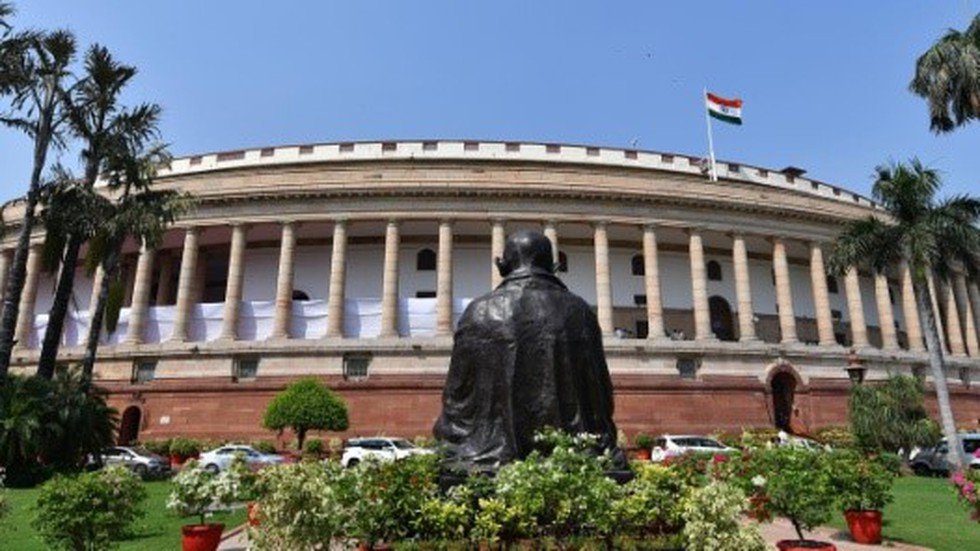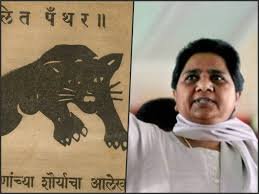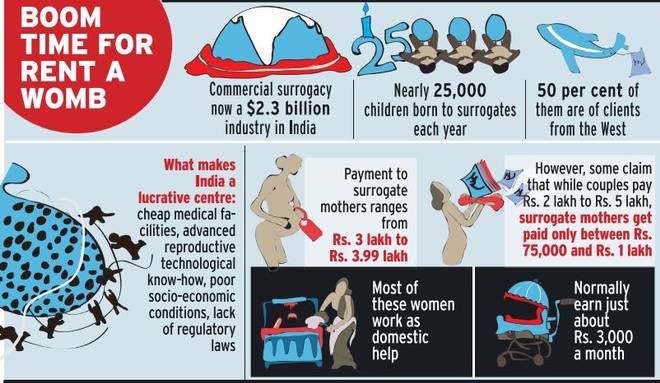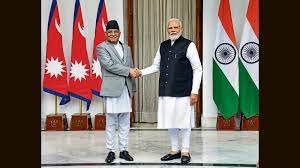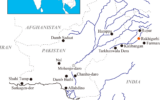
G7 and India
Subscribers of "Current Affairs" course can Download Daily Current Affairs in PDF/DOC
Subscribe to Never Miss an Important Update! Assured Discounts on New Products!
Must Join PMF IAS Telegram Channel & PMF IAS History Telegram Channel
- Context (IE): The 50th G7 Leaders’ Summit was recently concluded in Apulia (Italy) with India‘s participation as an Outreach Country.
- On January 1, 2024, Italy succeeded Japan (2023) in assuming the Presidency for the seventh time in its history. It will hand it over to Canada on December 31, 2024.
History and evolution of G7
- The G7 is an informal grouping of leading industrialised nations, including the United States, France, Germany, Japan, the United Kingdom, Italy, and Canada.
- Representatives of the European Union (EU) are always present at the G7 leaders summit.
- The first “World Economic Summit”, which later became the G7, was launched in 1975 by former French President Valéry Giscard d’Estaing and then German Chancellor Helmut Schmidt.
- Initial concerns were economic problems of the 1970s, including the first oil crisis and the collapse of the system of fixed exchange rates (Bretton Woods).
- Germany, France, Great Britain, Italy, Japan and the US agreed on international economic policy and initial measures to fight the global downturn.
- Canada became a member of the group at the 1976 summit in Puerto Rico, and with its inclusion, the G7 was born (Not a founding member).
- The first talks between the then-European Community and the G7 took place in London in 1977.
- Since the Ottawa Summit of 1981, the European Community (now the European Union) has participated in all working sessions.
- In 1998, at the Birmingham Summit, the Group of Eight was constituted as Russia became a member.
- Russia’s membership was suspended in 2014 following its annexation of Crimea.
G7 and G20
|
Mechanism of G7 summits
- G-7 nations meet at annual informal summits, rotatedly presided over by leaders of member countries.
- The host country typically gets to invite dignitaries from outside the G-7 to attend the Summit.
- The groundwork for the summit, including matters to be discussed and follow-up meetings, is done by the “sherpas” (representatives of members).
- It ends with the release of a non-binding communique summarising key political commitments.
- The G7 does not have a formal constitution or a fixed headquarters.
- Each year, starting from the 1st of January, one of the Member States takes over the leadership of the Group on a rotating basis. The EU does not hold the rotating presidency of the G7.
G7 Summit 2024
- The agenda included defending the “rules-based international system” amid Russia’s aggression towards Ukraine and addressing the Middle East conflict.
- It also included strengthening partnerships with developing nations, especially in Africa.
- Key priorities included migration, climate change, food security, and the implications of artificial intelligence (AI) for humanity.
Key Highlights of G7 Summit 2024
- Key discussions centred on global conflicts, notably the Russia-Ukraine war & Israel-Hamas conflict.
- US and Ukraine signed a 10-year security agreement to bolster Ukraine’s defence against Russia.
- Additionally, the G7 leaders agreed to a $50 billion loan package for Ukraine, utilising interest from Russia’s frozen central bank assets as collateral.
- The UK announced new sanctions targeting entities involved in supplying military goods to Russia, including those based in China, Israel, Kyrgyzstan, and Turkey.
Relevance of G7
Achievements of G7
- In 1997, the G7 countries agreed to provide $300 million to the effort to contain the effects of the reactor meltdown in Chernobyl.
- At the 2002 summit, members decided to launch a coordinated response to fight the threat of AIDS, Tuberculosis and Malaria, leading to the formation of the Global Fund.
- The Global Apollo Program was launched out of the 2015 G7 summit meeting.
|
Criticism and shortcomings
- Exclusive and Closed Group: G7 faces international backlashes due to a disproportionate effect on the world economy. E.g. the Plaza Accord of 1985 had major ramifications for global currency markets.
- Outdated and Ineffective: The exclusion of two of the world’s largest economies, India and China, question its effectiveness.
- An analysis from the think tank Bruegel (‘The G7 is dead, long live the G7’) said the share of GDP of G7 members declined from roughly 50% in the 1970s to around 30% in 2018.
Plaza Accord
|
- Concern over internal cooperation: Disagreement on issues like climate change faces criticism.
- Then US President Donald Trump was often at odds with other G7 leaders and, at the 2019 summit, skipped a meeting on climate issues.”
India’s participation in G7
- India’s economic growth and its geopolitical role as a “swing state” have made it significant.
- Next year, India’s aggregate GDP is expected to overtake Japan’s & a couple of years later, Germany’s.
- That would put the size of India’s economy ahead of all G7 countries except the US.
Significance of the G7 for India
- India has a stake in developing deeper collaboration with the institutions of the “collective West”.
- It provides a forum to India for strengthening relations with the world’s leading economies.
- It can also help India transform into a global mediator, a manager of the region, and a mobiliser against China’s looming threat.
- By diversifying supply chains and fostering greater technological cooperation, India can advance the idea of regional and global economic restructuring.
- India has long called for reforming global institutions to reflect modern-day geopolitical realities.







![PMF IAS Environment for UPSC 2022-23 [paperback] PMF IAS [Nov 30, 2021]…](https://pmfias.b-cdn.net/wp-content/uploads/2024/04/pmfiasenvironmentforupsc2022-23paperbackpmfiasnov302021.jpg)

